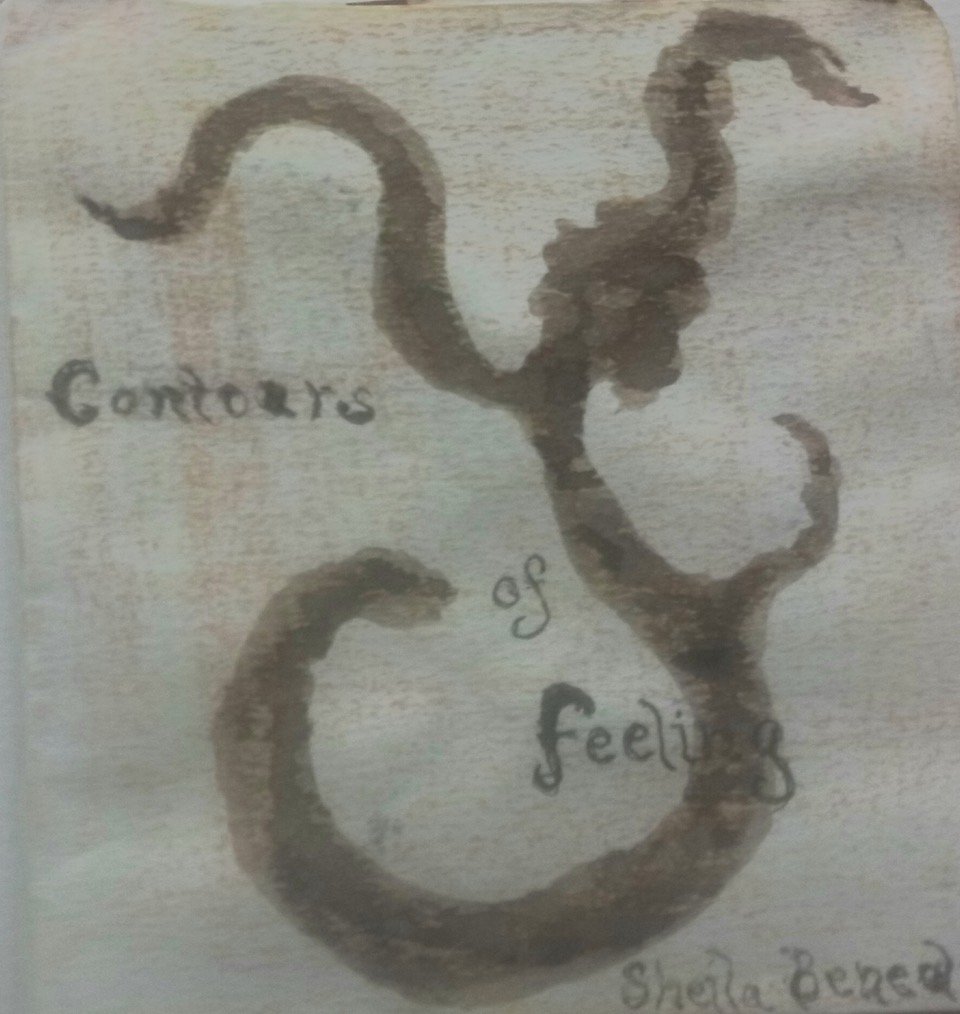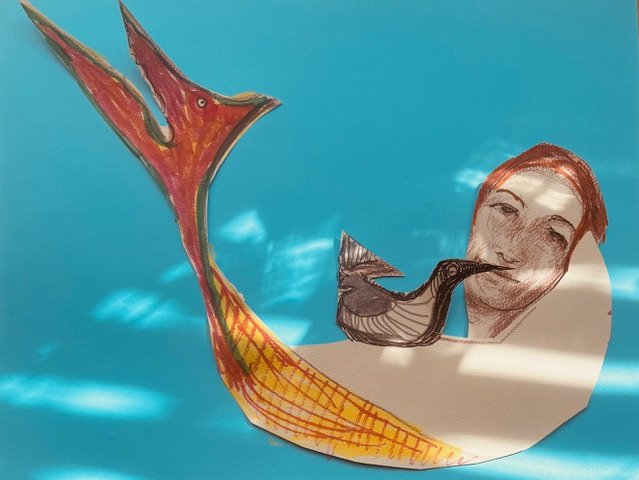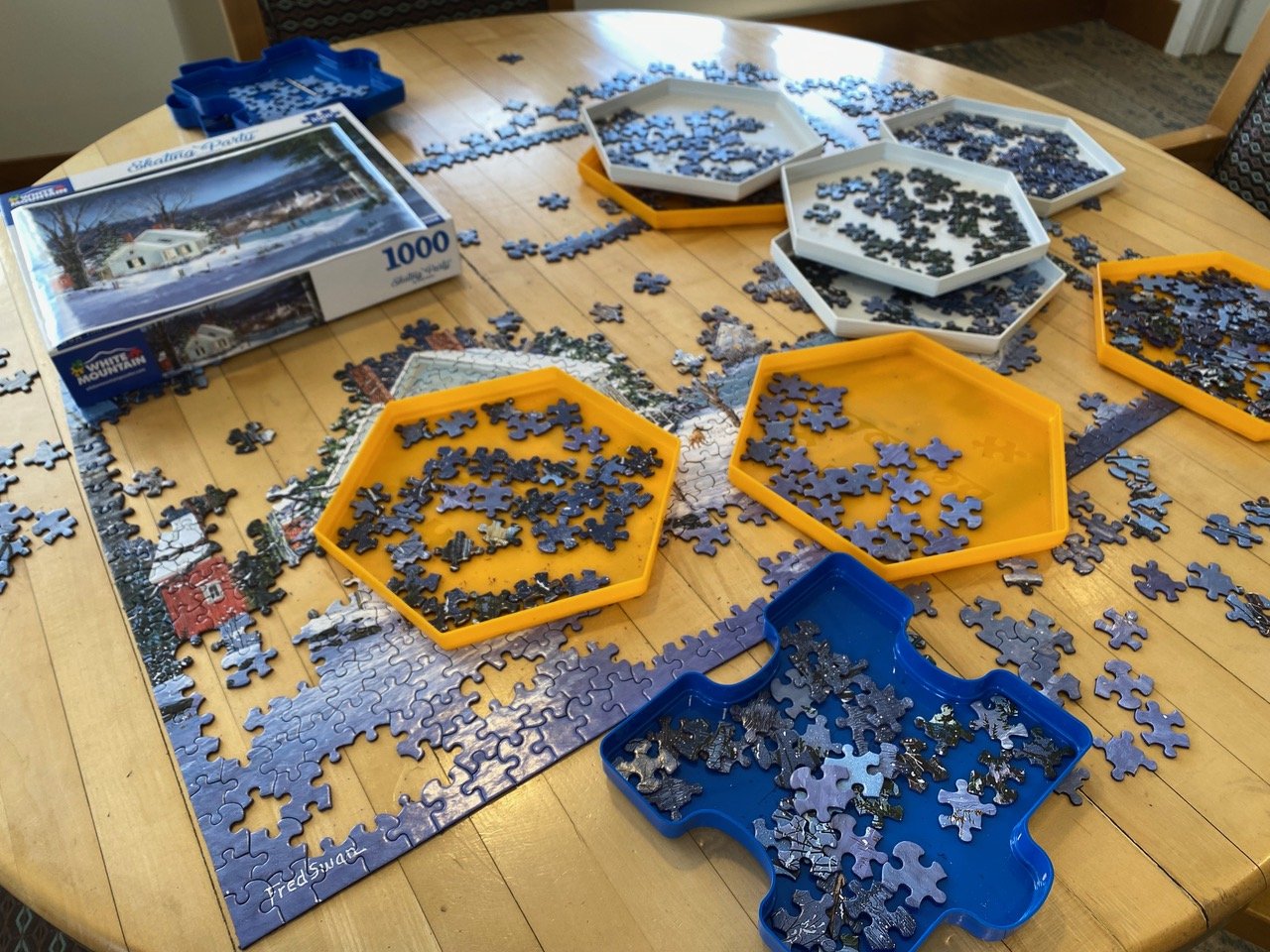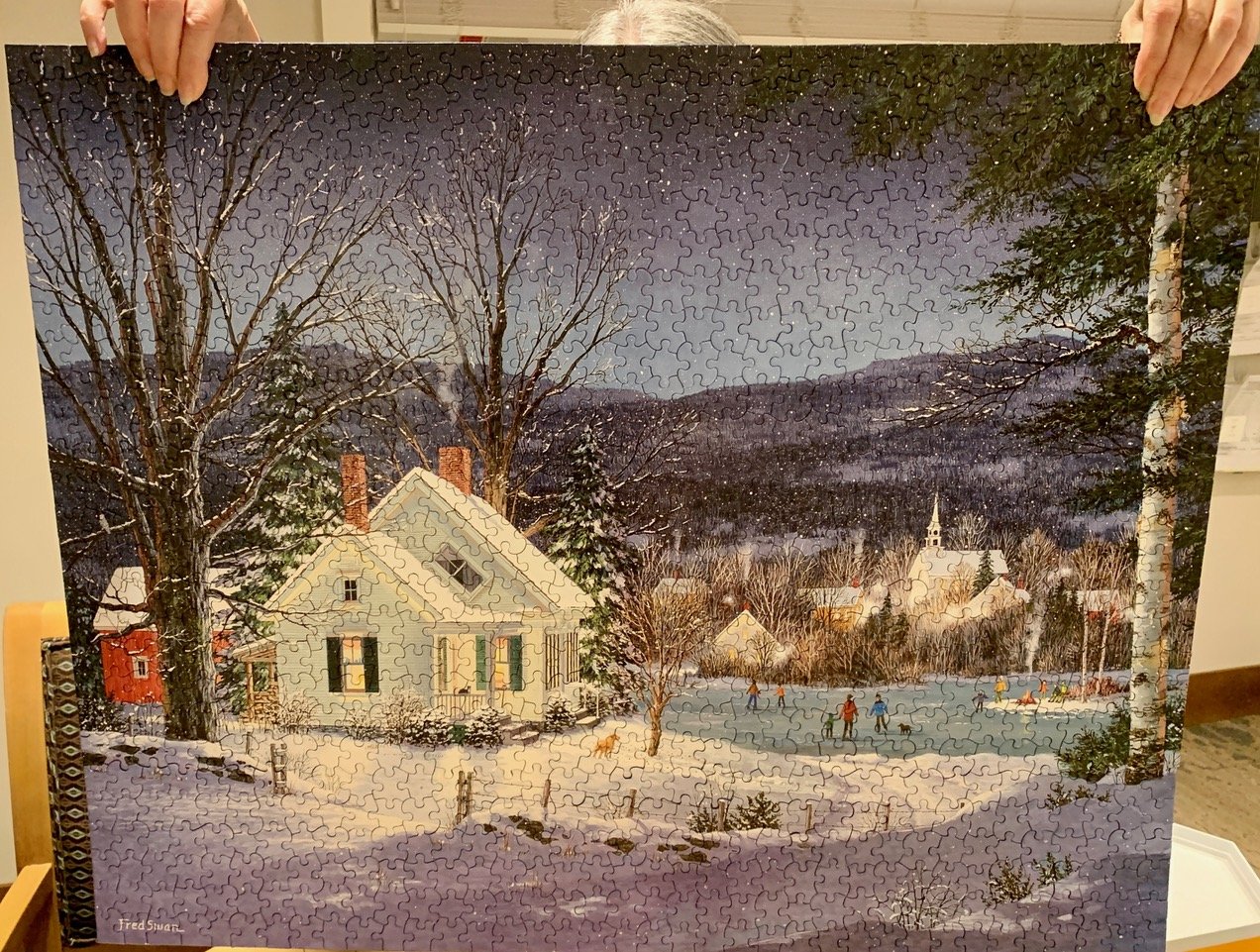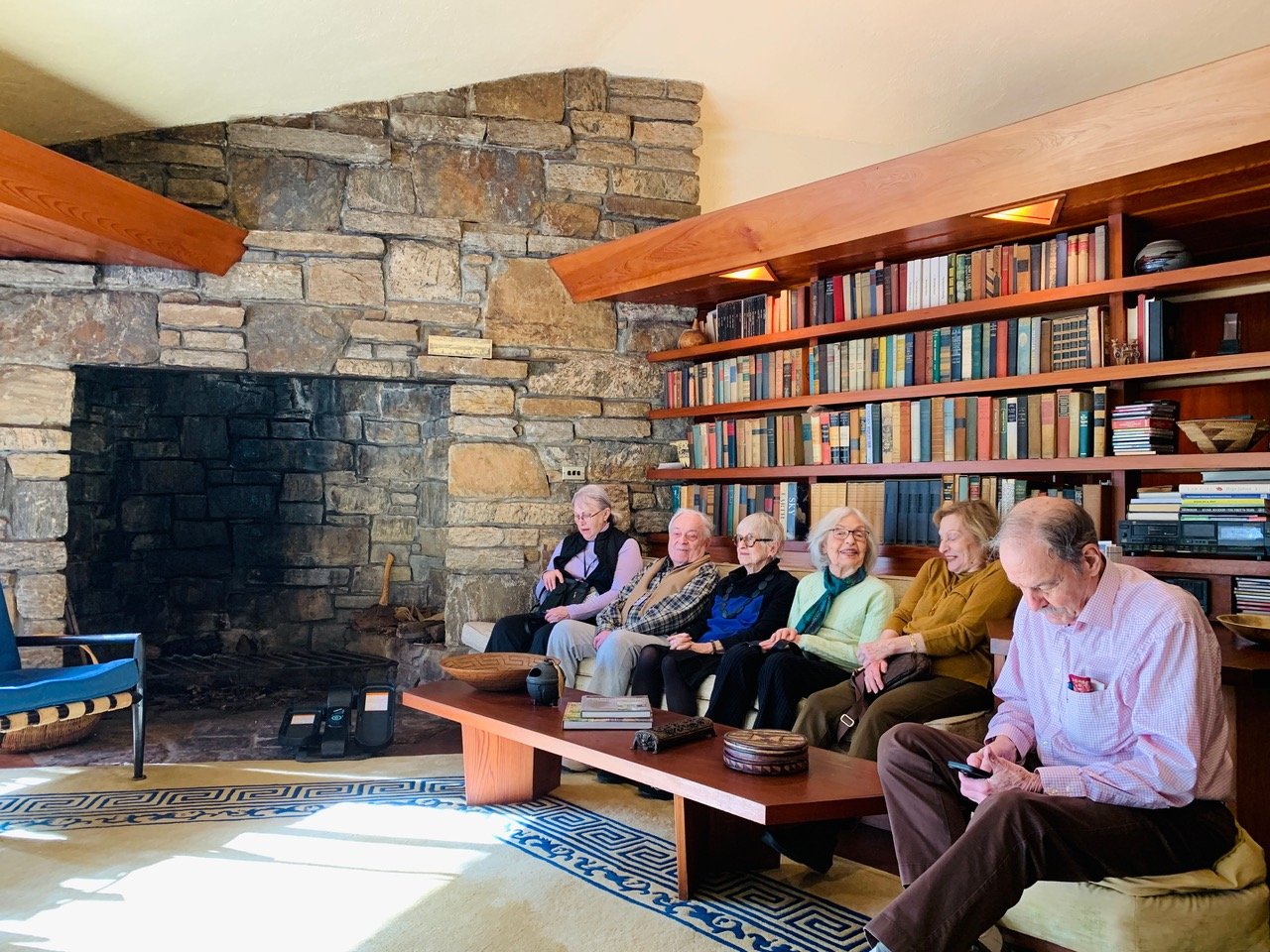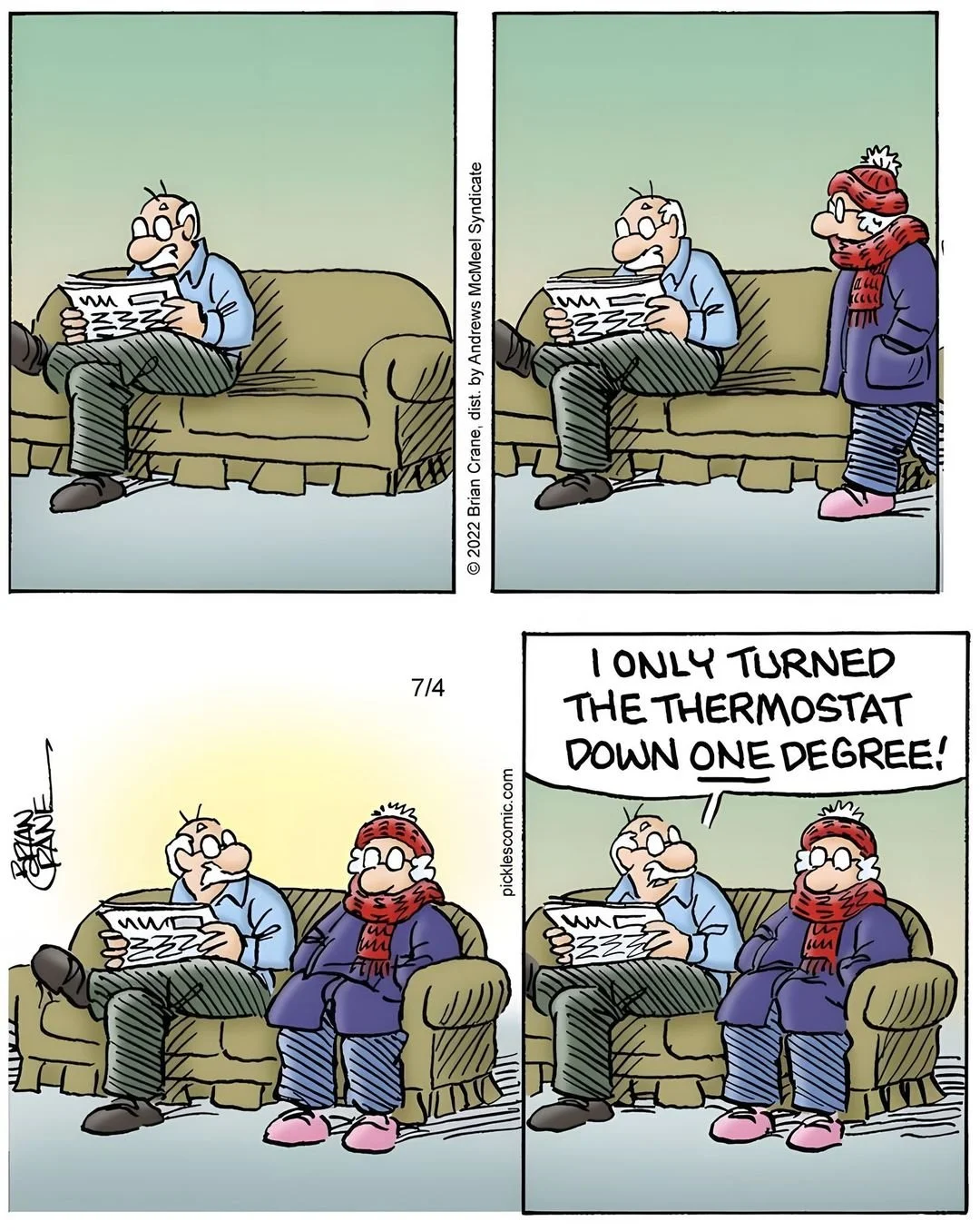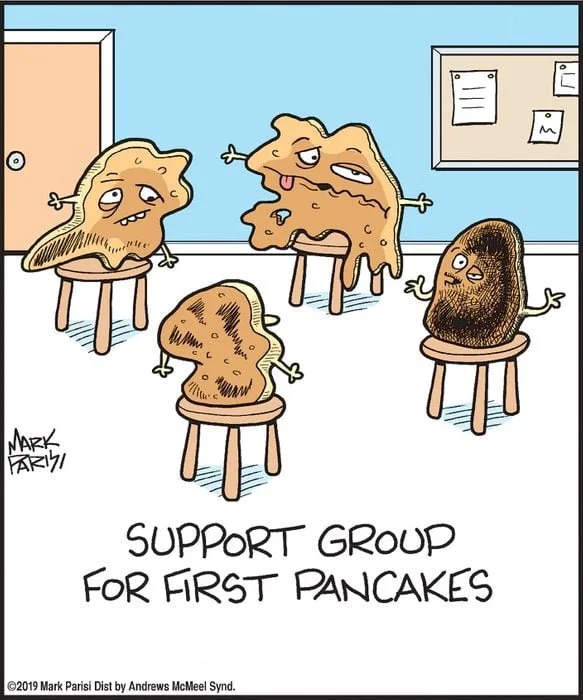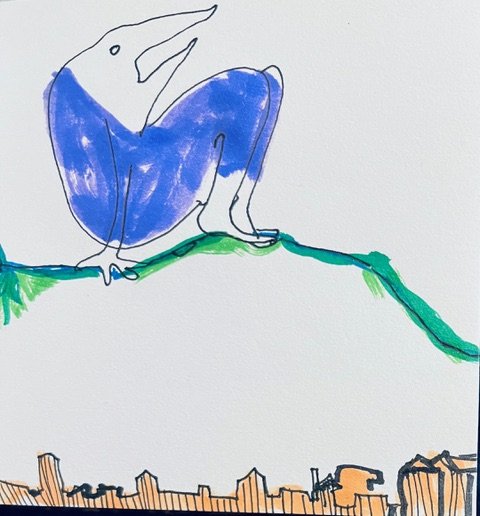One of the major reasons lies in his heredity. His mother, Helen Alice Cassidy (note the similarity of her initials to his) had an eclectic taste in foods. Two of her favorite dishes were sauteed frog legs and rabbit stew, which she consumed during her pregnancy with Hopalong. Some of the genes from these animals, which controlled their ability to leap, entered her blood stream, and thus were transmitted to Hopalong.
Soon after he learned to walk, it became apparent that he was especially agile on his feet. As a small boy, his favorite game was hop-scotch. Later his favorite way of helping his mother with her household chores was to carry a hopper of dirty clothes down to the basement to be put in the clothes washer.
Although Hopalong eventually became a cowboy, he was quite smart and attended Johns Hopkins University. He studied both the literary and visual arts, and his favorites in these fields were the English poet Gerald Manley Hopkins and the American painter Edward Hopper.
As a mature man, he was noted for jumping to conclusions during discussions on such esoteric subjects as US laws regarding relations with the Hopi Indians. When others would not be convinced by his views, he would become hopping mad. But after years of therapy, Cassidy settled in Hopkinton, Massachusetts, and started a touring business specializing in hop-on hop-off bus tours.
Note: Hopalong’s biography in Wikipedia states that his peculiar gait was caused by a gunshot wound to one of his legs. But now we know this must be erroneous!






